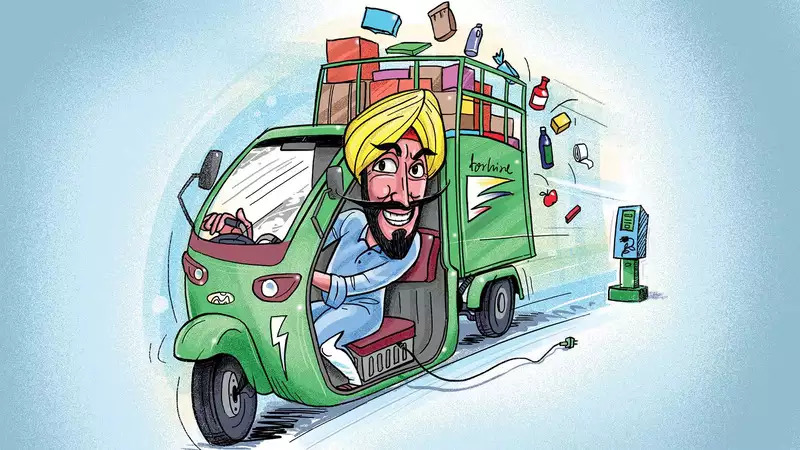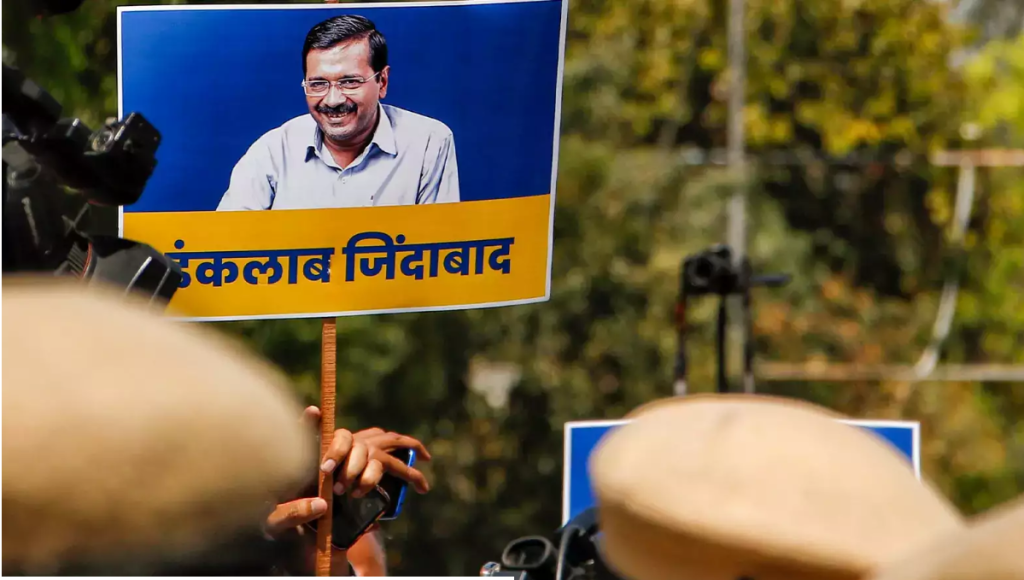THE HIGHLIGHT of Yashwant Sinha’s budget was not his tax changes but his promise of second-generation reforms. But implementation lies in the hands of not the finance minister but other ministers and state governments, many of whom pay only lip-service to reform.
The power sector really cries out for reform. The losses of the state electricity boards have shot up from Rs 4117 crore in 1991-92 to RTs 24,237 crore in 200-01, and are projected to rise further to Rs 28,445 crore next year.
The prime minister convened a meeting of chief ministers last Saturday to work out a reform package. This envisages a one-time solution for SEB overdues of Rs 26,000 crore in return for a promise of reforms. The danger is that the states will take the money and run without really reforming. They are reluctant to delink politics from the pricing of power.
The mind-set of politicians at the state level is hardly ideal for reform. SEBs represent the biggest public investment, biggest source of patronage and kickbacks. How many states really want to give this up?
How many ruling parties really have the guts to raise tariffs when opposition parties threaten riots and worse? Political competition between parties drives down tariffs. Growing corruption and criminalisation lead to increased theft, and political pressures lead to uncollected bills.
Vajpayee and Sinha may believe power reforms are round the corner. The chief ministers have pledged a minimum rural tariff of 50 paise. But the same target of 50 paise was agreed to at a meeting of the states in Manmohan Singh’s time, and few states implemented it, not even those under Congress rule!
Adjusted for inflation 50 paise in Manmohan’s time is worth just 25 paise today. To that extent the reform target has actually been diluted over time.
The crisis has been deepening for two decades. Power was originally a state responsibility, but SEBs functioned so inefficiently that their plant load factor was often less than 50 per cent.
To overcome this, the Centre created the National Thermal Power Corporation. It attained a high PLF immediately and expanded generation stridently. This power reform was declared a success.
In fact this `reform’ masked the growing bankruptcy of SEBs, caused by rising subsidies and theft. Had the NTPC never been formed, many states would have suffered prolonged black-outs. That, I firmly believe, would have obliged them to reform — no government can last long without supplying power.
But NTPC supplies softened the pressure on SEBs. Instead of reforming, they piled up overdues to the NTPC. Subsidies and theft increased instead of decreasing.
Narasimha Rao’s power reforms starting 1991 were an eyewash. True reform would have meant telling the NTPC, Coal India et al to cut off supplies to SEBs till they paid up.
Instead the soft option of inviting independent power producers to supply under guarantees to bankrupt SEBs was devised. Overdues to PSUs continued, with no more than an occasional threat of power curbs, resulting in occasional payments by SEBs.
Narasimha Rao and his next two successors lacked the guts to privatise SEBs or force them to rationalise tariffs and collection. Vajpayee and Sinha are more forceful but still hope for a soft option.
They believe that the situation must be handled with persuasion and finesse, not by blunt instruments like cutting off all supplies to defaulters.
They believe that the states are serious about implementing the Memoranda of Understanding they have signed to qualify for additional funding under the Accelerated Power development Programme.
The proposed reforms include installation of 100 per cent metering by December 2001, energy audit at all levels, programmes for eliminating theft, tariff determination by independent regulators, and SEB restructuring.
I wish Sinha luck, but the omens are not propitious. The chief ministers of Punjab and Tamil Nadu insisted last Saturday on supplying free power to farmers. Andhra Pradesh attempted to reform but faced riots inspired by opposition parties, a warning to any other state that tries to follow suit.
Political parties do not trust one another enough to reach a consensus on rational tariffs. A way out could be to hand over tariff determination to an independent regulator, but the political consensus on political pricing of power is too strong to allow a regulator’s verdict to be binding.
A high-level group is supposed to work out a scheme for a one-time settlement of the SEB outstandings of Rs 26,000 crore. This should ring alarm bells. If the states are let off the hook after the most outrageous profligacy, what is the incentive for them to ever reform?
Apparently the overdues are to be converted into bonds. This simply converts one form of debt into another. The new form does not attract penal interest, and that will be a relief for the states. But will this relief really induce stern reforms?
The World Bank has been trying to reform the power sector with carrot and stick in three states — Haryana, Andhra Pradesh and Uttar Pradesh. Haryana reneged on reform promises when Om Prakash Chautala became chief minister, and the Bank’s loans were suspended.
Chandrababu Naidu is bravely attempting power reforms in AP but is well behind schedule, thanks to Congress sabotage. Uttar Pradesh has corporatised and trifurcated its SEB but that by itself changes nothing.
An attempt was made last year to privatise power distribution in Kanpur. Critics said lucrative circles like Kanpur should be clubbed with unprofitable rural ones, otherwise the rural ones would find no buyers.
In fact, there was not a single bid even for the supposedly lucrative Kanpur! Apparently the terms of the contract were unclear, and potential bidders felt the state government was not serious in providing water-tight contracts.
The high-powered committee to work out a one-time settlement must insist on tough, irreversible reforms before converting state overdues into bonds or giving any other relief.
The World Bank loan experience is instructive. Ultimately, only a hard budget constraint can change the mind-set of state politicians and spark genuine reform.




